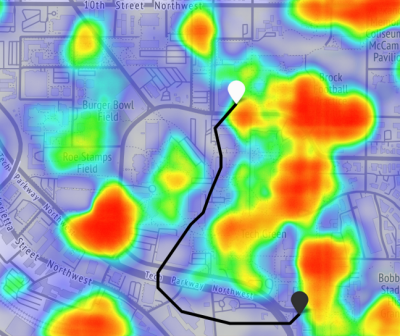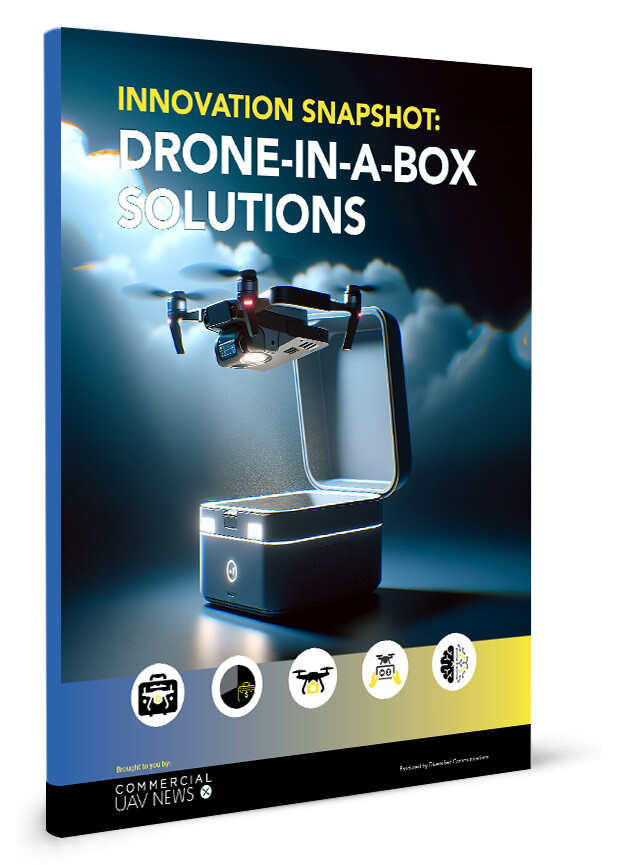UAS Traffic Management systems (UTM) are critically important for the drone industry as a whole. These systems help keeping control over flying drones, and between unmanned and manned traffic. In the past few months, there’s been a noticeable huge growth of UTM systems, developed by many different companies all over the world. Recently, we had an interview with Benoit Curdy, Secretary General at Global UTM Association, to understand how important UTM systems are, and how they integrate in the world.
Last month, Astral Aerial Solutions, a subsidiary of the African cargo airline Astral Aviation, won the 2017 IATA Air Cargo Innovation Award, along with $20,000, for its UTM concept for Africa. As a cargo company, Astral Aviation has been working in Africa for 15 years, but only 6 months ago the company created Astral Aerial Solutions, with the vision of being Africa’s leading drone operator and service provider, by providing reliable and low-cost last mile solutions to remote areas in Africa.
 Astral Aerial Solutions already owns two drones, the Guardian Eye and the Flyox. The Flyox has a payload capacity of 2,000kg, maximum range of 1200km, flight endurance of 26hours on surveillance mode, and lands on water and unpaved runways. The drone is still in testing, but will primarily be used for air transport of cargo from a central logistics hub (droneport) to remote areas and will serve the agriculture, oil and gas, cargo and ecommerce industries. The Guardian Eye is a smaller drone which the company uses for powerline inspections, mapping, surveillance, escorting relief convoys in conflict areas and in anti-poaching applications.
Astral Aerial Solutions already owns two drones, the Guardian Eye and the Flyox. The Flyox has a payload capacity of 2,000kg, maximum range of 1200km, flight endurance of 26hours on surveillance mode, and lands on water and unpaved runways. The drone is still in testing, but will primarily be used for air transport of cargo from a central logistics hub (droneport) to remote areas and will serve the agriculture, oil and gas, cargo and ecommerce industries. The Guardian Eye is a smaller drone which the company uses for powerline inspections, mapping, surveillance, escorting relief convoys in conflict areas and in anti-poaching applications.
One of the main issues with drone operations in Africa is safety. That’s why the company focused on the development of a UTM system. As any other UTM system available, it will help organize UAS traffic, avoid collisions with aircrafts and other UAS and also provide vital information to pilots such as weather updates, restricted airspace, altitude separation and relevant NOTAMS where applicable.
“Africa is vast and has 1.2 billion inhabitants. In a World Bank report of 2015, 62% of the African population lived in rural areas,” the company stated. “UAS cargo deliveries will extend air cargo to these remote areas and open up Africa to faster and reliable transportation. “Tracking and remote identification of UAS in Africa is a challenge partly due to the poor communication network. The UTM Concept addresses these issues through advanced scheduling of flights and offline activation codes for drones operating in areas with poor communication.”
This UTM system will benefit not only Astral Aerial Solutions, but other companies as well. It enables position sharing, which ensures information about other drones operating in the airspace is available for any operator, to reduce the chances of collisions and traffic congestion in the airspace.
“Materializing the UTM concept will not be based solely on our efforts, but more on industry collaboration among the various stakeholders,” the company continued. “We are engaging manufacturers to push for a more common platform on drone identification technology and setting standards for other operators to adopt to spearhead standardization of drone operations.”
Although there isn’t an estimated date of when we can see this system fully working, Astral Aerial Solutions will begin tests later this year, pending government approval. The first step will be the implementation of virtual highways, with other aspects following up, such as pilot logging in, UAS identification and data sharing with the regulators.
In a more personal note, I asked Astral Aviation and Astral Aerial Solutions CEO Sanjeev Gadhia what he’s expecting to see from the drone industry in the future.
“I am looking forward to drone regulations coming out in Tanzania and Uganda as this will empower operators to consolidate their services in the East Africa region using laws which are more harmonized,” he said. “Also, it would be very important to have more training initiatives for drones across Africa which will facilitate greater penetration of drone technology in the continent. This will additionally lead to greater acceptance of drones in Africa.”















Comments